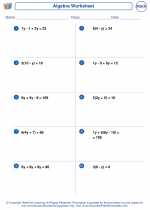Numerical Expression
A numerical expression is a mathematical phrase that contains only numbers and operation symbols. These operation symbols include addition (+), subtraction (-), multiplication (*), division (/), and exponentiation (^).
Here are some examples of numerical expressions:
- 3 + 5
- 7 * 4
- 12 - 8
- 20 / 5
- 2^3
Study Guide
When working with numerical expressions, it's important to understand the order of operations. The order of operations tells us which operation to perform first in a numerical expression. The order of operations is as follows:
- Parentheses
- Exponents
- Multiplication and Division (from left to right)
- Addition and Subtraction (from left to right)
For example, in the numerical expression 3 + 5 * 2, we would perform the multiplication first, then the addition, following the order of operations.
It's also important to be familiar with the properties of operations, such as the commutative property, associative property, and distributive property, as these properties can help simplify numerical expressions and make calculations easier.
Practice simplifying numerical expressions using the order of operations and properties of operations to become more comfortable with this topic.
Additionally, understanding the concept of evaluating numerical expressions, which involves substituting specific values for the variables and then calculating the result, will also be helpful in mastering this topic.
Remember to always simplify numerical expressions step by step, following the order of operations, and applying the properties of operations as needed.
Good luck with your studies!
.◂Math Worksheets and Study Guides Eighth Grade. Solving linear equations
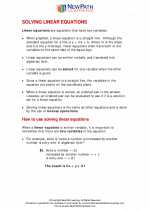
 Worksheet/Answer key
Worksheet/Answer key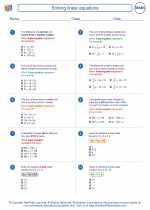
 Worksheet/Answer key
Worksheet/Answer key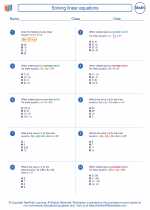
 Worksheet/Answer key
Worksheet/Answer key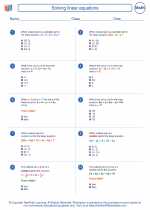
 Worksheet/Answer key
Worksheet/Answer key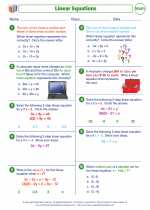
 Worksheet/Answer key
Worksheet/Answer key